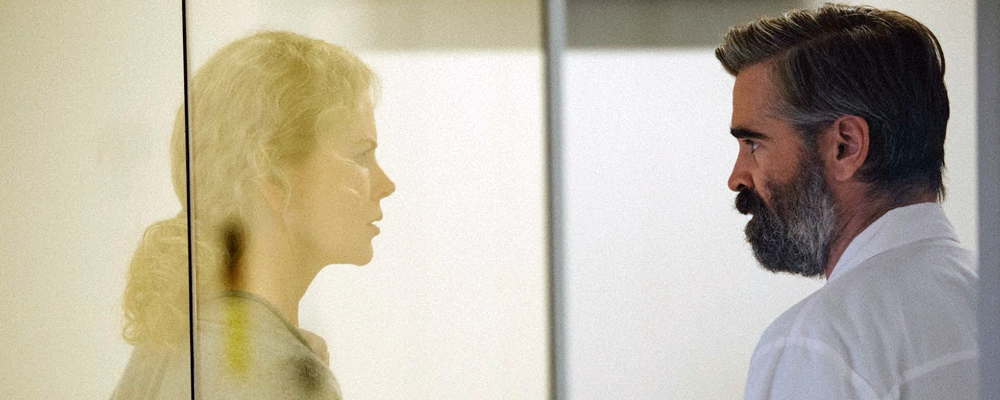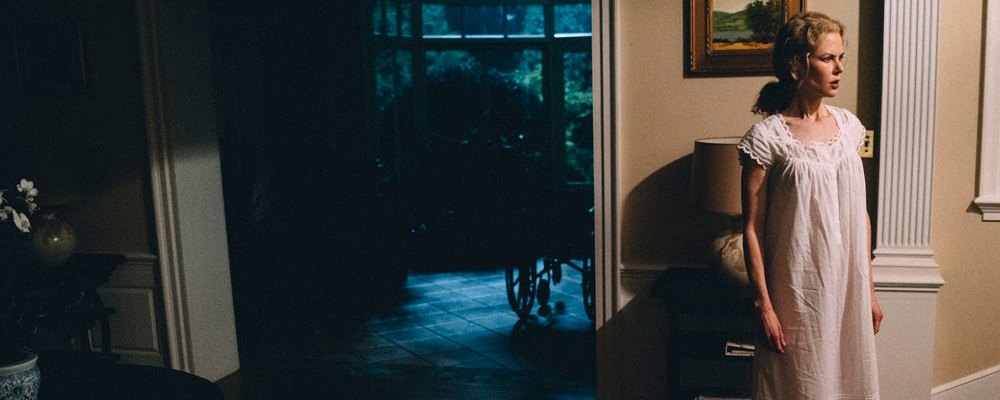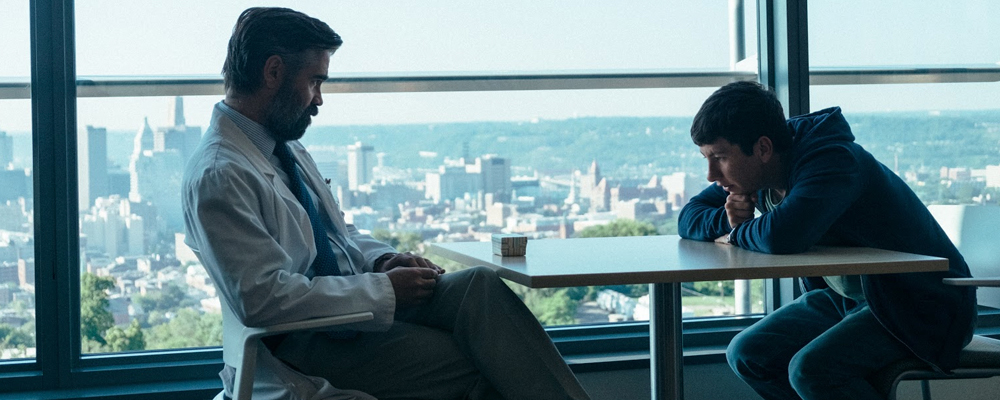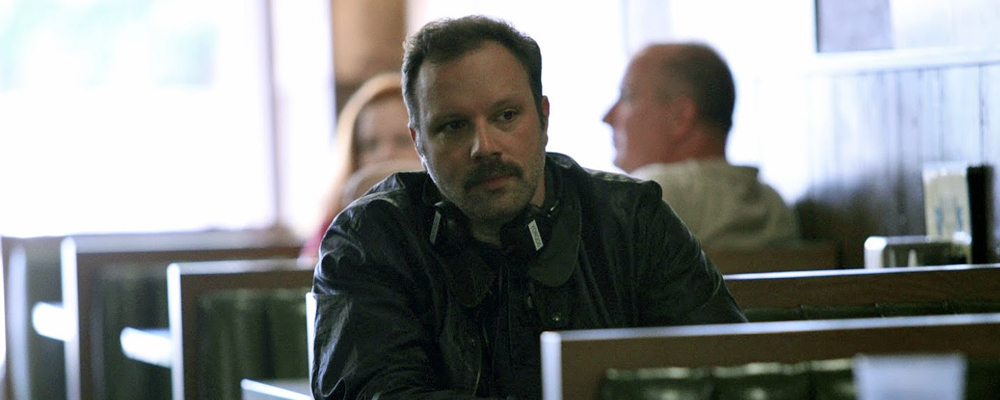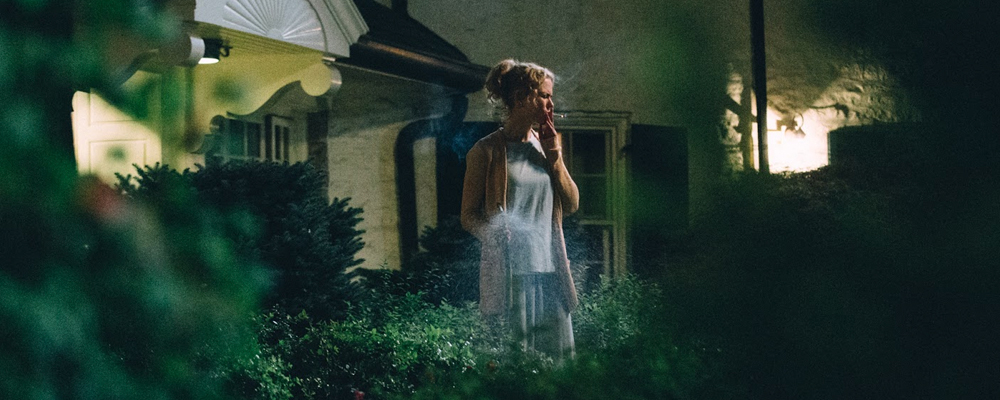‘The Killing of a Sacred Deer’ Delivers Surreal Horror and Dark Humor
Alci Rengifo
The cinema of Yorgos Lanthimos can be said to be an acquired taste. His mix of quirkiness, acidic humor and surreal flourishes makes for an always engaging experience, even when we wince and gasp. His latest offering, “The Killing of a Sacred Deer“ is a gothic little beast that begins as drama, swerves into thriller and builds towards surrealist horror. Like few of his contemporaries, this is a director with a style and voice all his own. If his previous hit, the 2016 romantic comedy (if you can call it that), “The Lobster,” mocked and explored our modern ideas about relationships, then his new movie is a play on manners and the hidden terrors beneath beautiful appearances. This is one of the year’s best films.
Colin Farrell plays Dr. Stephen Murphy, a cardiologist who lives in an obscenely orderly home with his wife Anna (Nicole Kidman) and children Kim (Raffey Cassidy) and Bob (Sunny Suljic). Murphy has been spending his time before work and in-between rounds with an odd-mannered kid named Martin (Barry Keoghan). Murphy was the surgeon on call when Martin’s father died on the operating table, and since then Murphy has felt a strange responsibility towards the boy. But as Murphy digs deeper into Murphy’s domestic life, darker intentions emerge and a strange, paralyzing affliction starts affecting the children. What seemed at first to be mere friendship turns into a standoff threatening to expose devastating secrets.
“The Killing of a Sacred Deer” is a film that masterfully sets a tone and atmosphere. Lanthimos isn’t merely telling a story, he is seeking to convey a vision and set of ideas. The world of these characters is almost a surrealist canvas dismantling the romantic notions of orderly life. Like the cinema of Luis Bunuel, Lanthimos seeks the nightmares buried underneath conformity and opulence. The Murphys have a set routine of speaking in rehearsed, precise phrases and compliments, flossing before bed, telling their kid to get a haircut, all delivered in a dead monotone. But then lovemaking consists of Anna playing dead (or anesthetized) on their bedroom before Murphy touches her. Stares and glances are not so much cold as well-behaved to an extreme. One of the film’s key subtexts is how life is based much on appearances and mannerisms. Murphy keeps asking how water resistant a watch is in an early scene, mundane chores like watering the plants are enforced by Anna even as the family undergoes a sever crisis. Middle class appearances must be preserved even if your limbs go numb and your eyes bleed. An early dinner scene is eerie just because of how cold and mundane it all seems.
Lanthimos is keen on capturing just how absurd our human rituals really are. In one scene where Anna confronts Martin, he chews on spaghetti and comments on the technique of swirling your fork. In another scene Martin’s mother, played with wicked exuberance by Alicia Silverstone, can’t help herself and starts sucking Murphy’s hands after commenting on how the hands of doctors tend to be “so white and clean.” In the tradition of classic surrealism, civilized manners are revealed to be just masks for primitive behavior. As the film turns into a life or death confrontation, Murphy slowly transforms from well-groomed doctor into rifle-wielding madman. The screenplay by Lanthimos and Efthymis Filippou captures human absurdity with a dark humor where we grin at how exaggerated but true it all feels. Yet when the story gets dark it turns into a bloody psychological game full of brutality and merciless twists.
The cinematography by Lanthimos regular Thimios Bakatakis captures this world with a hypnotic style where the baroque lightning evokes films like Roman Polanski’s “Repulsion,” and the use of steadicam feels out of “The Shining.” The film has a powerful sense of dread, and because Lanthimos never settles for a cheap recycle of past thrillers, we’re gripped because we don’t know where this will all end. Who is paralyzing the children, and how Murphy will make a terrible decision demanded of him are not explained or presented with the usual gimmicks (a curse, ransom demands, etc.), instead the film conjures an almost satanic environment where once some truths are revealed there is a sense that this was all inevitable.
The performances absolutely make this movie. Colin Farrell is cool detachment as Murphy. He plays the perfect, orderly man thrown into a sudden horror story. Unlike his likeable single guy from “The Lobster,” here he is a confident surgeon facing a situation he can’t easily fix through skill or credentials. But it is Nicole Kidman who truly dominates the screen as Anna. She is strong with an icy glance that freezes you and then shows off a real fierceness. Keoghan is pure villainy, with a grin full of subtle malice and glassy eyes hiding real evil. These are some of the year’s stand out performances.
“The Killing of a Sacred Deer” is one of those special movies made by a director with a unique voice and vision. In a season of sequels and reboots, here is a film full of surrealism, terror and a darkly humorous take on human rituals.
“The Killing of a Sacred Deer“ opens Nov. 3 in select theaters.

